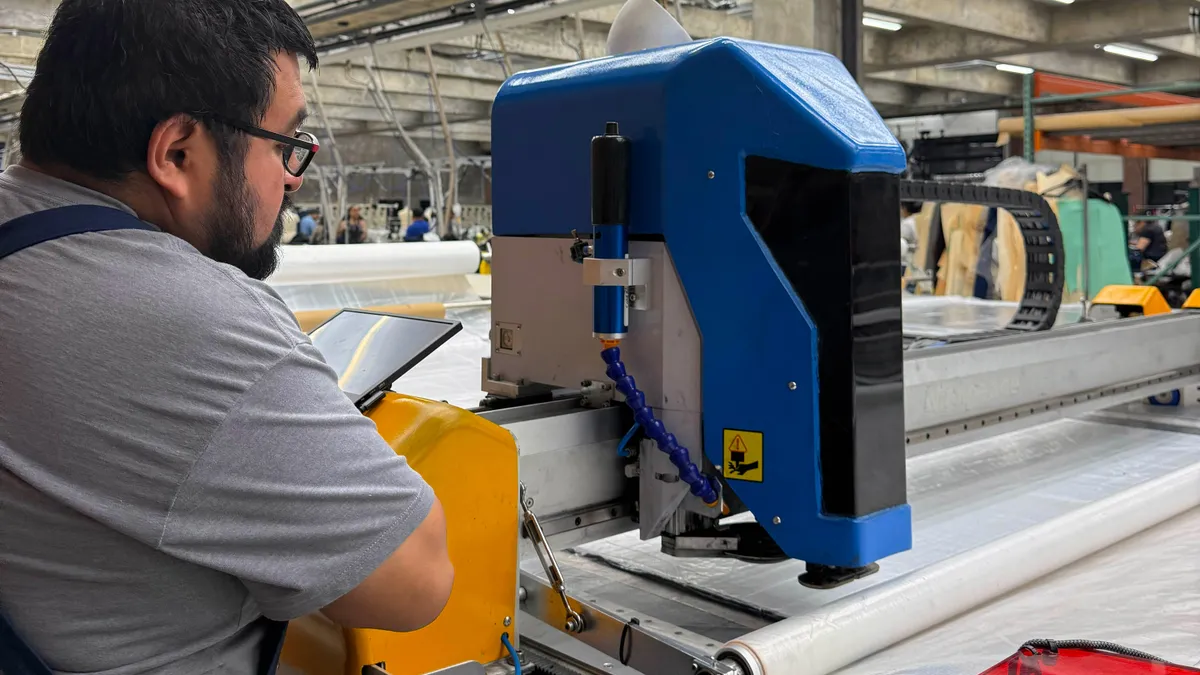For U.S. manufacturers, access to reliable and high-quality power is becoming increasingly challenging. Whether expanding operations, modernizing facilities or bringing new capacity online, companies must overcome a tight power supply, escalating power costs and a traditional utility infrastructure that can’t keep pace with today’s energy demands.
Amid the search for cleaner, more resilient solutions, fuel cells are gaining traction as a primary power source for mission-critical manufacturing operations. Yet outdated assumptions persist. Some still believe fuel cells are too small, too expensive or too unreliable to meet the demands of modern manufacturing.
The reality? Leading manufacturers are already proving those myths wrong.
Myth #1: Fuel cells can’t support manufacturing loads
This may have been true once, but today, fuel cells are reliably providing large-scale primary power for manufacturing facilities. The core building block of modern fuel cell systems, such as those offered by Bloom Energy, is a small module that can be scaled to generate tens of megawatts — enough to meet the energy demands of even the most power-intensive manufacturers, such as those in the steel or semiconductor industries.
Bloom Energy fuel cells generate approximately 6 MW of electricity for two of Conagra’s Ohio production facilities. This is around 75% of the plants’ annual demand to produce billions of Slim Jim’s meat sticks and canned goods for the company’s Hunt’s, Manwich and Libby’s brands.
Myth #2: Fuel cells aren’t reliable enough to serve as primary power
With modular designs, fuel cells offer a scalable path to reliable power — especially in locations where the grid can’t move fast enough.
“The trajectory of U.S. power consumption has changed dramatically in recent years, with the explosion of AI data centers and the fact that we’re using a lot more electricity on a daily basis,” said Adam Colling, head of commercial and industrial sales at Bloom Energy. “Unfortunately, utility infrastructure investments have not kept pace with demand, so companies that are looking to expand or bring manufacturing onshore are facing multi-year power delivery delays.”
An onsite, islanded fuel cell system that operates independently from the grid can be up and running in as little as four months, delivering up to five nines (99.999%) of uptime reliability, significantly reducing time to power and enabling manufacturers to take control of their energy future.
Under pressure to meet growing customer demand, Quanta Computer, a Taiwanese electronics manufacturer, opted to install a fully islanded solid oxide fuel cell (SOFC)-powered microgrid at its Freemont, CA, plant, bypassing a years-long utility interconnection queue. The microgrid powers operations 24/7, enabling the production of critical hardware serving the AI industry. The power solution will also scale with the plant — the company recently announced it would be expanding its SOFC installation by 150%.
Myth #3: Fuel cells only run on hydrogen
The hydrogen fuel cells that power electric vehicles, including forklifts and other material-handling equipment, garner considerable attention. However, most manufacturing-based fuel cell deployments are powered by natural gas. These systems are fuel-flexible and can easily be converted to run on biogas, hydrogen or blended fuels as these alternatives become more widely available. This enables manufacturers to meet today’s needs while also preparing for the future.
Myth #4: Fuel cells that run on natural gas are not sustainable
Because they do not burn fuel to generate electricity, fuel cells don’t produce harmful air pollutants like nitrogen oxides (NOx) or sulfur dioxide (SO2), even when operating on natural gas. Conagra expects that the fuel cell systems at its Ohio plants will reduce greenhouse gas emissions by 19% according to 2022 e-grid data. Additionally, unlike thermal power plants, fuel cells do not require additional water during normal operation, enhancing their environmental metrics.
Myth #5: Fuel cells are too expensive
Ten to fifteen years ago, fuel cells were viewed as a more expensive niche solution, particularly where high-quality power was required. This sentiment is outdated as fuel cells are now cost-effective over the long term, according to Colling. “Fuel cell prices have come down significantly in recent years, but utility electricity rates have gone up substantially, such that there's now a very wide gap between the price per kilowatt hour that fuel cells can deliver versus utility prices,” Colling said.
With electrical efficiencies of up to 65%, and greater than 90% when integrated with combined heat and power (CHP) configurations, fuel cells require less fuel to generate each kilowatt-hour of electricity. Additionally, working with partners like Bloom Energy reduces exposure to fuel price volatility and provides manufacturers with access to highly reliable energy at predictable prices.
They also have low maintenance requirements, further reducing operational costs. Finally, high uptime rates minimize costly production shutdowns.
“Manufacturers are realizing that fuel cells are a viable option for onsite power that's more cost-effective, more reliable and has a better environmental scorecard than traditional grid power,” Colling said.
Myth #6: Fuel cells can’t handle flexible loads
Modern fuel cell systems, such as Bloom Energy’s Energy Server®, feature load-following technology that ramps power output up or down as energy needs fluctuate, without sacrificing performance. This makes fuel cells an ideal solution for powering dynamic and automated manufacturing processes.
“Customer loads are connected directly to the fuel cell, which operates together with the system’s Ultra Capacitor to produce the exact amount of power the loads are calling for,” Colling explained.
Conclusion: Fuel cells are a reliable, cost-effective and sustainable solution for manufacturers
Fuel cells are no longer a niche solution — they are a proven, flexible and sustainable option for manufacturers seeking energy security and emissions reductions.
With over 1.5 GW of installed capacity, leveraging over $6 billion in project financing, Bloom’s modular architecture enables rapid, scalable deployment and is highly reliable and efficient. To explore how Bloom’s low-carbon, scalable and dispatchable solutions can support your organization’s energy goals, contact Bloom Energy.










